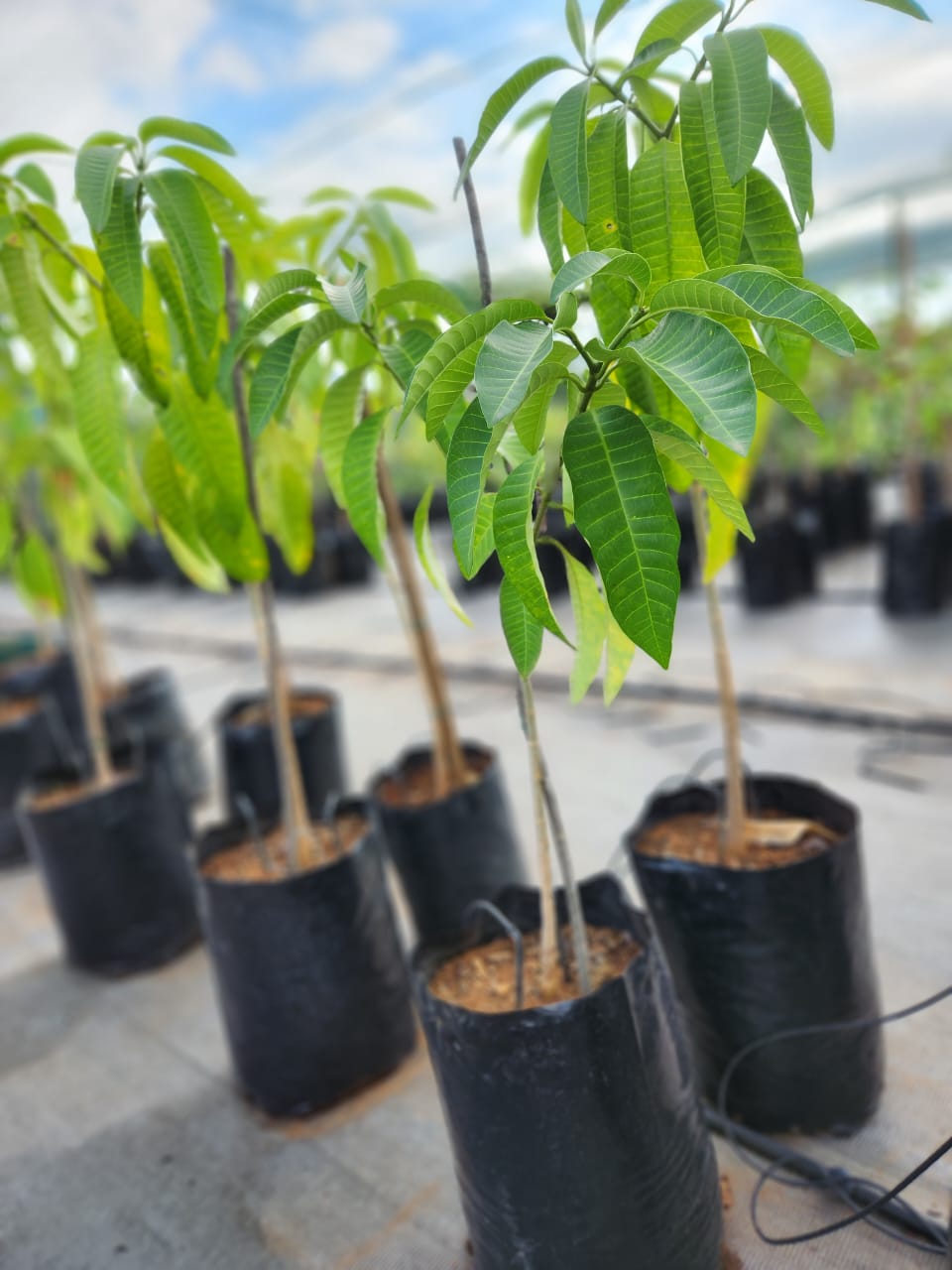Toad Tree (Paddaboom) #
Tabernaemontana elegans

Quick Info #
- Distribution & habitat: tropical east to South Africa and Swaziland – low-altitude bushveld, on rocky outcrops and in sandy soil
- Family: Apocynaceae
- Florescence: October to February
- Fruiting: November to March/April
- Leaf habit: deciduous
- Name origin: “tabernaemontana” comes from the Latinised version of the name of Jakob Theodor von Bergzabern, a 16th-century herbalist, and “elegans” refers to the tree’s elegant appearance. The common name may come from the warts on the surface of the fruit, making it reminiscent of toad skin.
- Other names: umKhadlu (Zulu), muchanga (Shona)
Description #
The hardy toad tree is a fast grower with lightweight wood. It’s a generally small and remarkably lactescent tree with a roundish crown. The leaves grow opposite each other, in pairs. They are elongated, glossy and hairless.
The branches of the toad tree are sparse and its bark is pale-brown, corky and rough with deep lengthwise fissures in it. The flowers are large and white with a scent reminiscent of jasmine. The leathery to woody fruits, each with a tuft of hair on top, hang in pairs and are full of seeds. They contain a bright orange pulp and split open when ripe.
The elongated, leathery leaves are of a dark, glossy-green colour on the one side and a lighter green on the other.
Uses & Ecology #
The yellow fruit pulp is eaten by various animals and people. Zulus have also added it to milk to make the curdling process faster.
A number of traditional uses exist. The bark is used medicinally. A root infusion is said to help lung ailments and stomach aches. The fruit’s endocarp is dried, reduced to fine particles and boiled in water, which is then filtered and used as a cancer treatment.
References #
- Cheek, M. (2010) Tabernaemontana elegans. Available at: https://pza.sanbi.org/tabernaemontana-elegans (Accessed: 11 November 2025)
- Hyde, M.A.; Wursten, B.T.; Ballings, P. & Coates Palgrave, M. (2025). Flora of Zimbabwe: Species information: Tabernaemontana elegans. Available at: https://www.zimbabweflora.co.zw/speciesdata/species.php?species_id=145050 (Accessed: 11 November 2025)
- Random Harvest (n.d.) Tabernaemontana elegans. Available at: https://www.randomharvest.co.za/South-African-Indigenous-Plants/Show-Plant/PlantId/107?Plant=Tabernaemontana+elegans (Accessed: 11 November 2025)
- Van Wyk, B & P. (1997) Field Guide to Trees of Southern Africa. Cape Town: Struik Publishers.
- Van Wyk, P. (1988) Veldgids tot die Bome van die Nasionale Krugerwildtuin. Cape Town: Struik Publishers.
Caution: Consult a qualified health practitioner before considering medically using or ingesting any plant parts. Any mentioned traditional uses are based on cultural practices and anecdotal evidence. They are not necessarily clinically proven or supported by modern scientific studies.